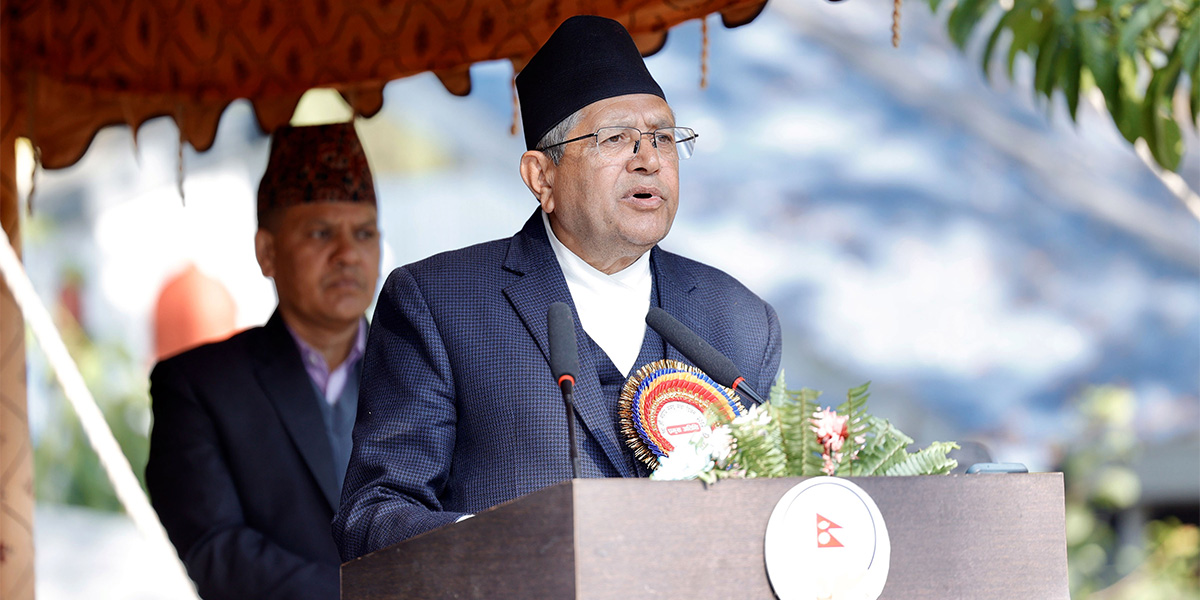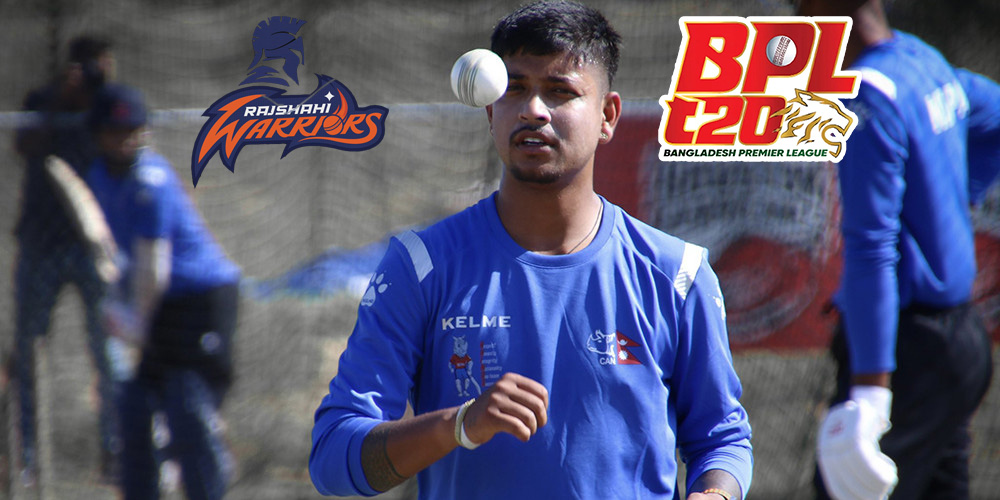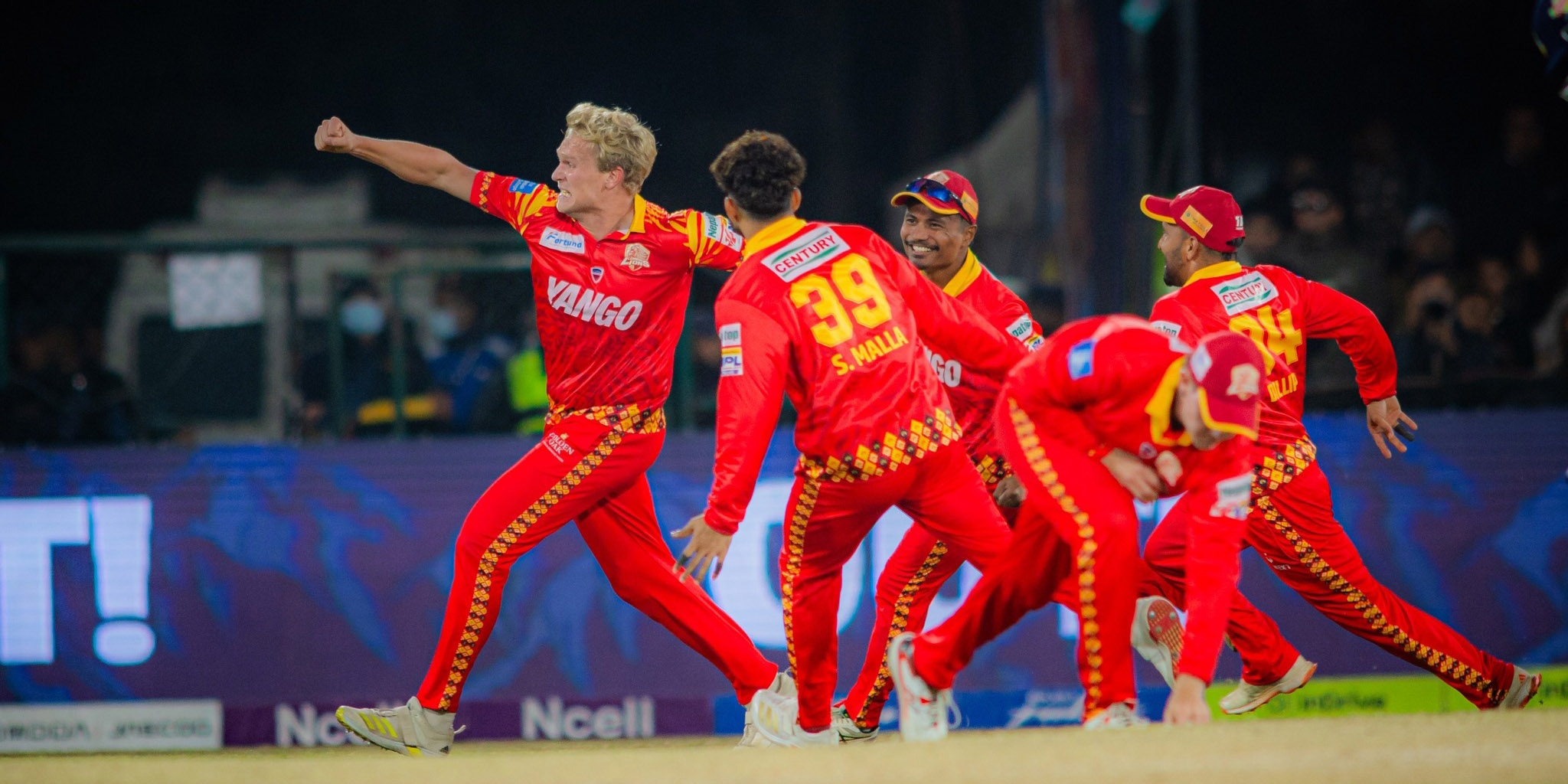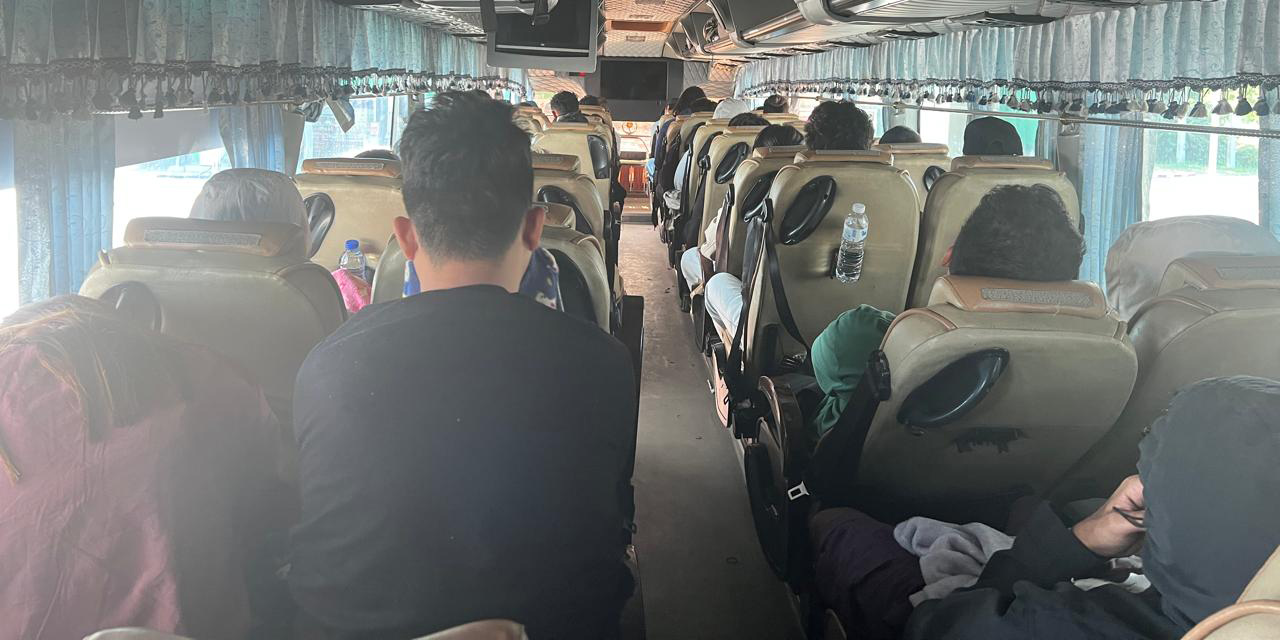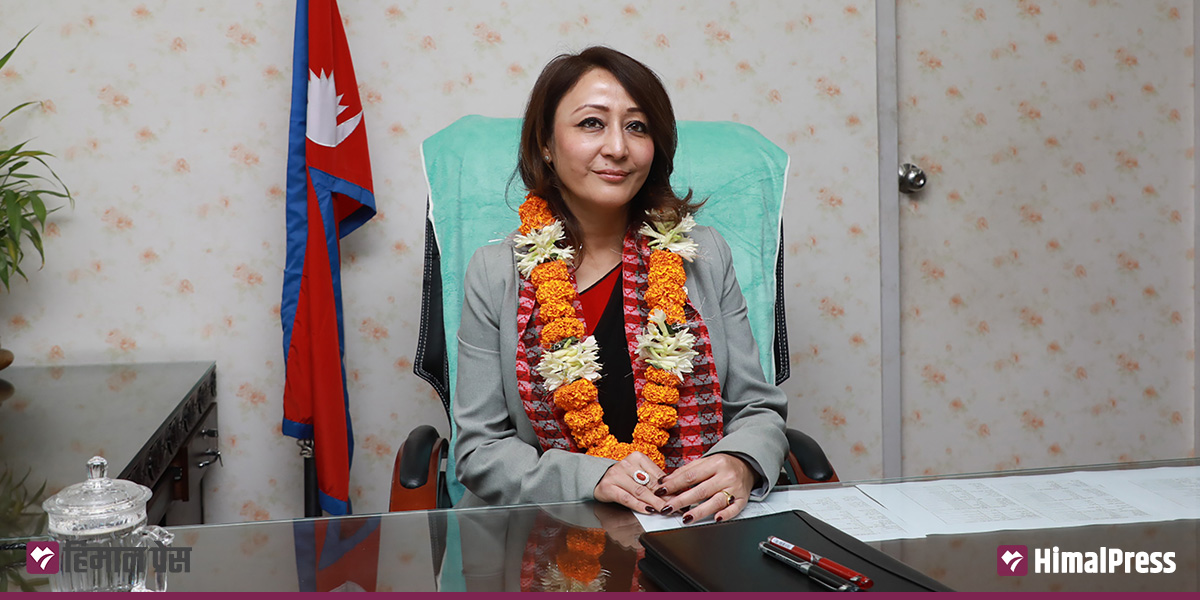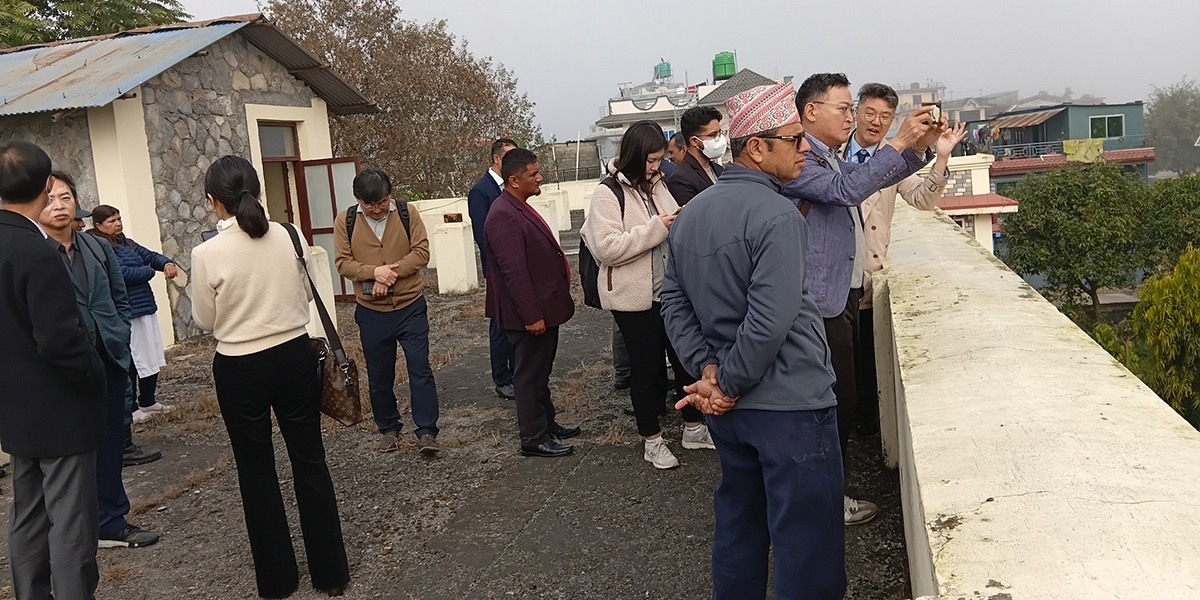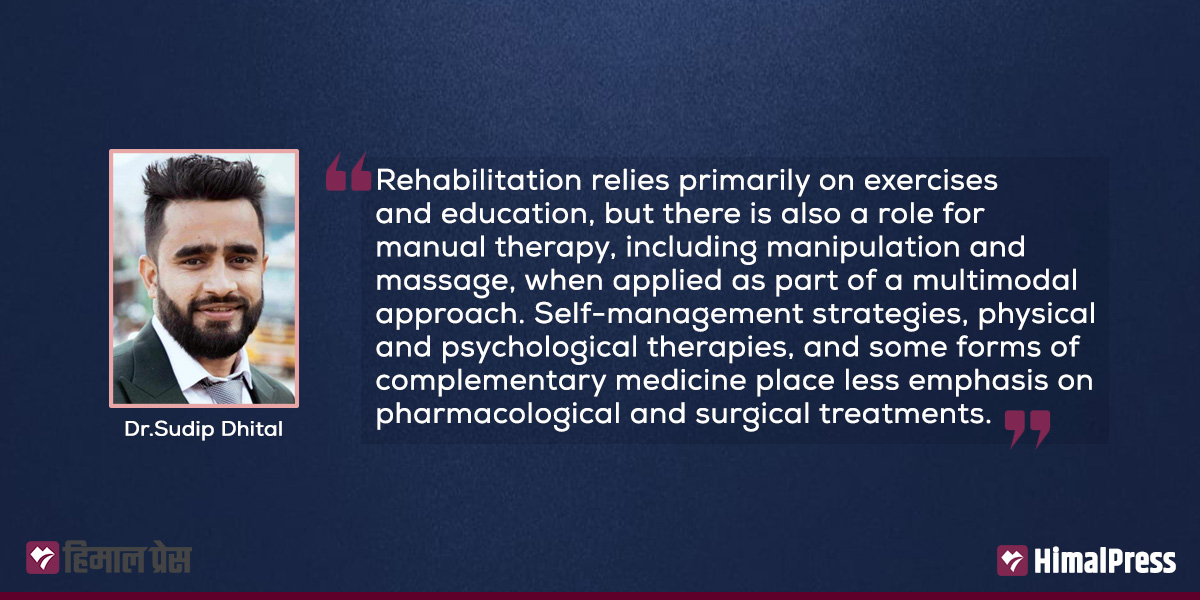
Low back pain (LBP) is a musculoskeletal disorder thought to result from a combination of chronic overuse and acute injury to the muscles, ligaments, tendons, intervertebral discs, nerves, or vertebrae of the lumbar spine. It is also used to describe a complex clinical condition that varies depending on its duration and intensity.
LBP occurs between the lower rib margins and the buttock creases and is commonly accompanied by pain in one or both legs. In most patients, it is not possible to identify a specific pathoanatomic cause of pain. However, it is common to search for a structural cause of LBP and investigate it using imaging.
People of any age can experience LBP, including children and adolescents. Most people experience LBP at some point in their lives. The peak in the number of cases occurs at 50–55 years, and women experience LBP more frequently than men.
LBP can be classified as specific or non-specific. Specific LBP is pain caused by a certain disease or structural problem in the spine, or when the pain radiates from another part of the body. It can be explained by an underlying disease like cancer, tissue damage like fracture, or may be referred from other organs like kidney or aortic aneurysm.
Similarly, non-specific LBP occurs when it isn’t possible to identify a specific disease or structural reason to explain the pain. About 90% of LBP cases are non-specific. Risk factors for non-specific LBP include low physical activity levels, smoking, obesity and high physical stress at work.
People with LBP may also experience spine-related leg pain often described as a dull sensation or a sharp, electric shock feeling, numbness or tingling and weakness in some muscles with the leg pain.
Etiology of Low Back Pain
Acute LBP (duration less than six weeks) can be triggered by physical factors like lifting awkwardly or psycho-social factors such as being fatigued or tired, or by a combination of the two, such as being distracted while lifting. Persistent LBP-related disability includes genetic, symptom-related, lifestyle, social, and psychological factors and comorbidities. Genetic factors explain 21-67% of the liability of LBP, with the genetic component being higher for more chronic and disabling LBP.
A recent large genetic study (population over 500,000 individuals) found two strong molecular axes of back pain, one related to structural/anatomical factors, such as intervertebral disk problems and anthropometrics, and another related to the psychological component of pain perception and pain processing. Overweight/obesity and smoking as well as also bad postural habits are risk factors for chronic LBP.
Sign and Symptoms
LPB can be acute (lasting under 6 weeks), sub-acute (6–12 weeks), or chronic (over 12 weeks). Low back pain can be a dull ache or sharp pain. It can also cause pain to radiate into other areas of the body, especially the legs.
In most cases of acute LBP, symptoms go away on their own and most people will recover well. However, for some people, the symptoms will continue and turn into chronic pain. People with LBP may also experience spine-related leg pain (sometimes called sciatica or radicular pain) often described as a dull sensation or a sharp, electric shock feeling, numbness or tingling and weakness in some muscles with the leg pain.
Rehabilitation
Rehabilitation relies primarily on exercises and education, but there is also a role for manual therapy, including manipulation and massage, when applied as part of a multimodal approach. Self-management strategies, physical and psychological therapies, and some forms of complementary medicine place less emphasis on pharmacological and surgical treatments.
Therapeutic exercise is a common treatment for LBP. There are various types, including stretching, core stability, and strengthening exercises. These can be personalized or administered in small groups as a standard approach and can be combined with other modalities such as education, manual therapy and massage therapy.
Likewise, the cognitive-behavioral approach aims at teaching individuals how to manage their condition by adjusting their lifestyle, correcting posture and using ergonomics, while improving spine function through personalized specific exercises.
(Dr Dhital is affiliated with Complete Healthcare and Rehabilitation Center)











